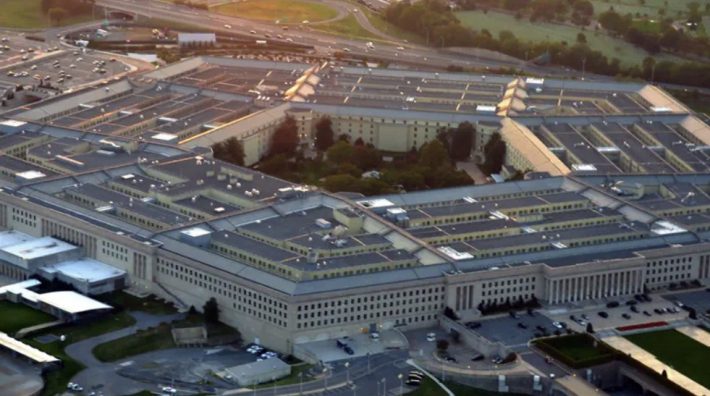Following Iran’s massive April attack on Israel, the Pentagon has requested over $3.5 billion from Congress to restock US weapons, including $1 billion worth of missile interceptors, highlighting the steep costs of safeguarding Israel and countering Iran.
Billions for Replenishment
The Pentagon is moving to secure more than $3.5 billion in emergency funds to replenish its weapons inventory after months of heightened military activity in the Middle East, primarily tied to defense of Israel, Bloomberg reported Tuesday.
The request underscores the staggering price tag of sustaining US forces in the region amid escalating threats from Iran and its proxies.
Missiles, Ships, and Munitions
The funds will cover a wide range of needs, from missile interceptor restocks to ship refurbishments and munitions transport.
- At least $1 billion is earmarked for RTX Corp. Standard Missile interceptors, such as the SM-3 IB Threat Upgrade (priced at $9–12 million each), first deployed by US Navy vessels to shoot down Iranian missiles in April 2024.
- Another $204 million is requested for Lockheed Martin THAAD interceptors, following what the Pentagon termed an “unplanned THAAD deployment” at a new regional site.
The Iran-Israel Trigger
The replenishment request is directly linked to Iran’s unprecedented April 2024 assault on Israel, which saw Tehran launch:
- 110+ medium-range ballistic missiles
- 30 cruise missiles
- 150 attack drones
US forces, working with Israel, intercepted much of the barrage — but at an enormous cost in munitions.
Separate From Direct Aid to Israel
These Pentagon replenishment funds are distinct from the $4.2 billion in weapons and equipment already transferred directly to Israel between October 2023 and May 2024. They also follow the $14 billion Israeli Security Supplemental Appropriations Act, which set aside money both to rebuild US stockpiles and finance additional Israeli interceptor purchases.
A Costly Commitment
The spending request highlights Washington’s dual challenge: protecting Israel against Iran while ensuring that US stockpiles remain combat-ready for global contingencies.





